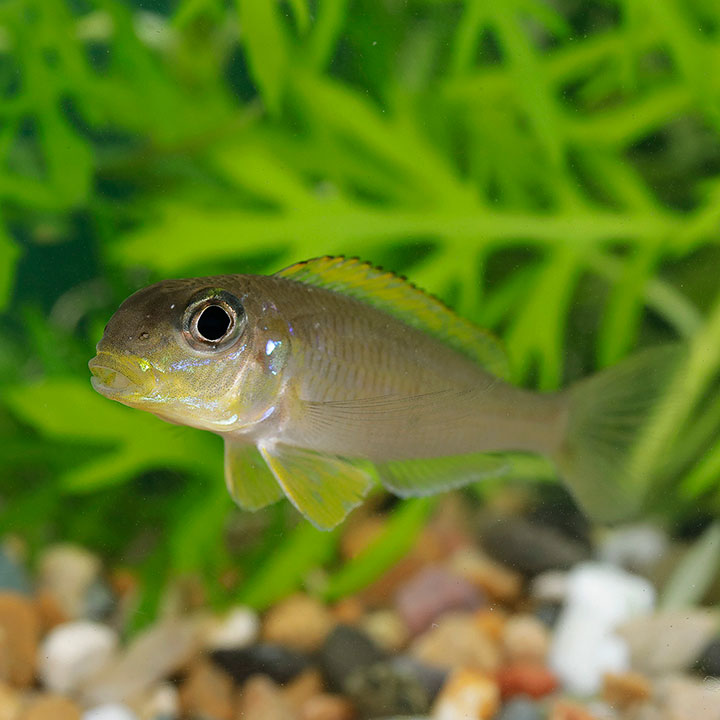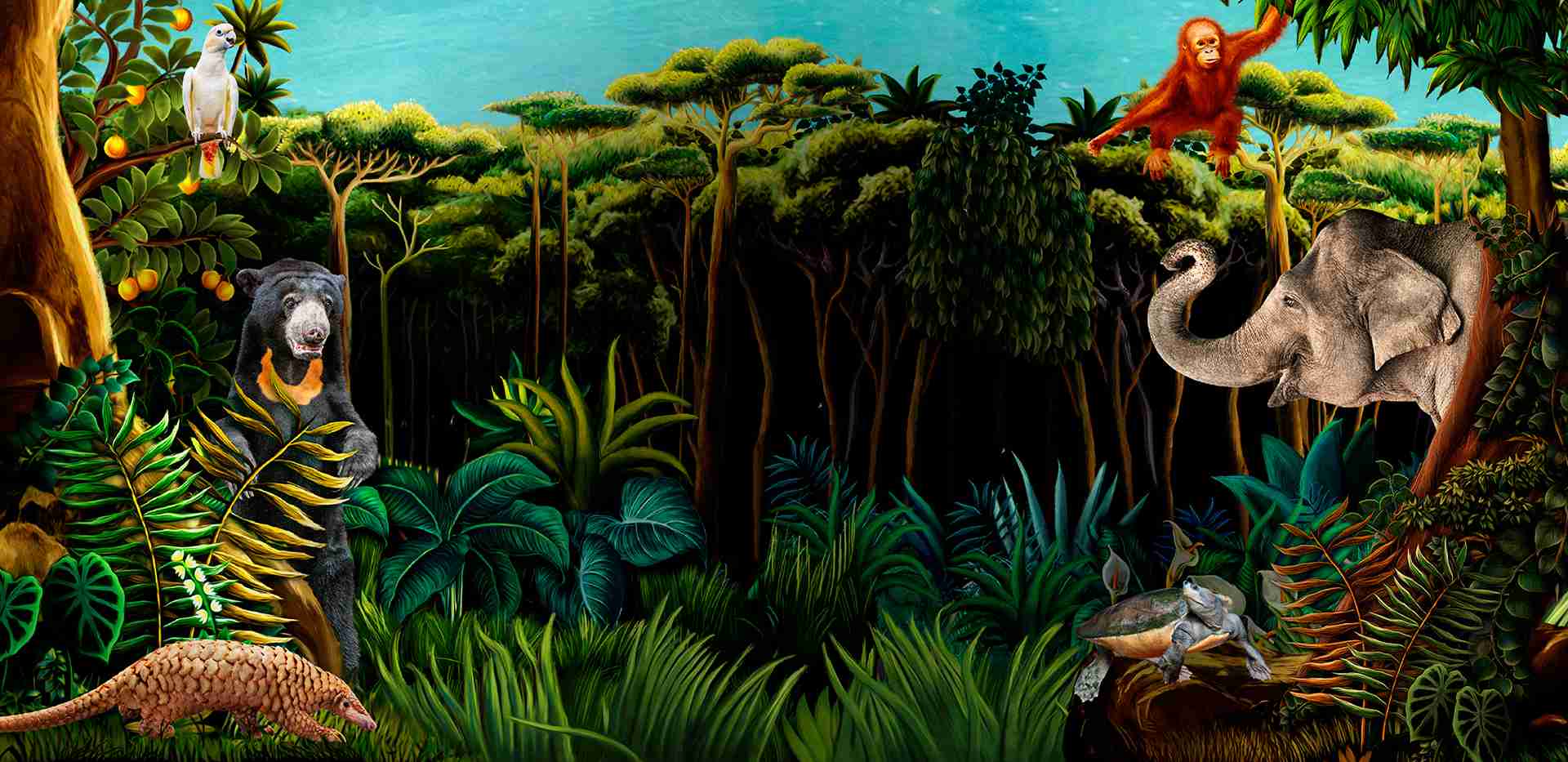River Wonders
Animals & Zones
Zones
Animals in Our Care
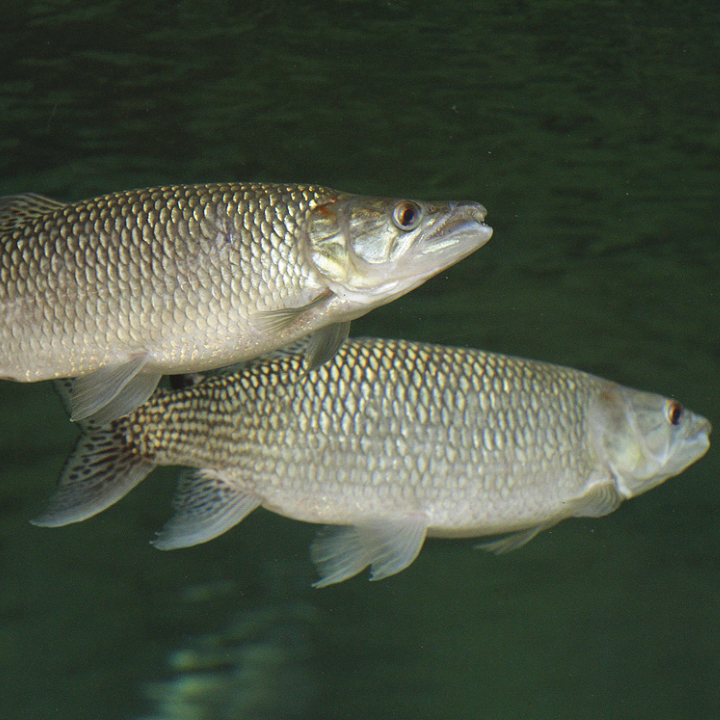
African pike
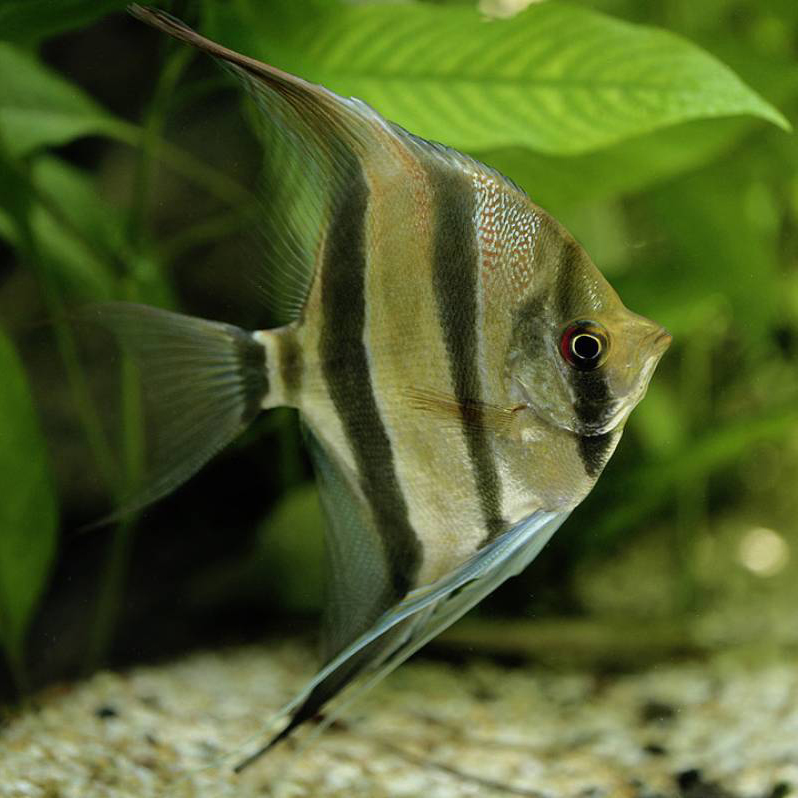
Altum angelfish
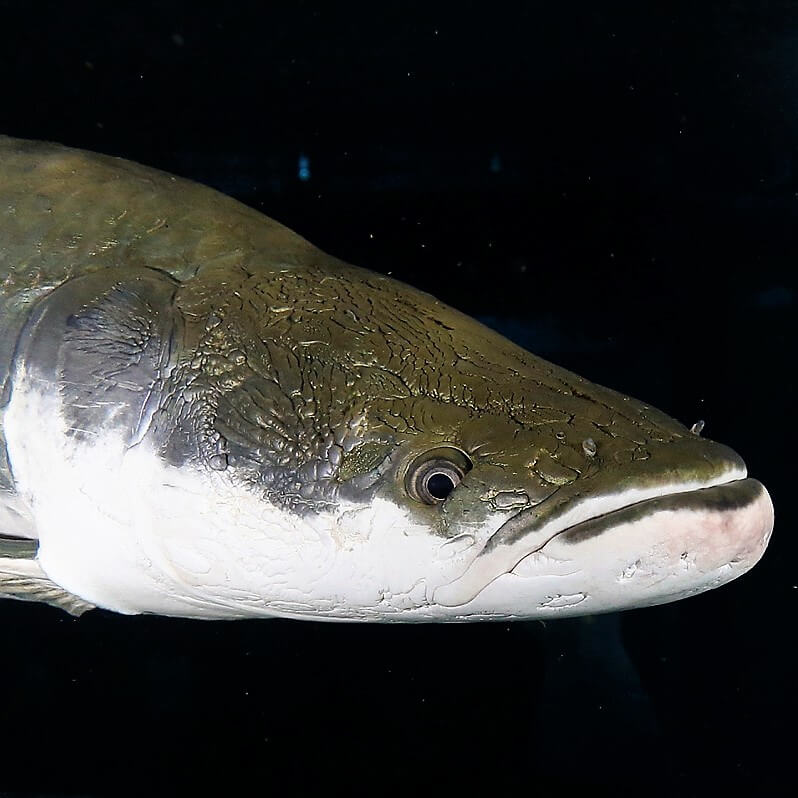
Arapaima
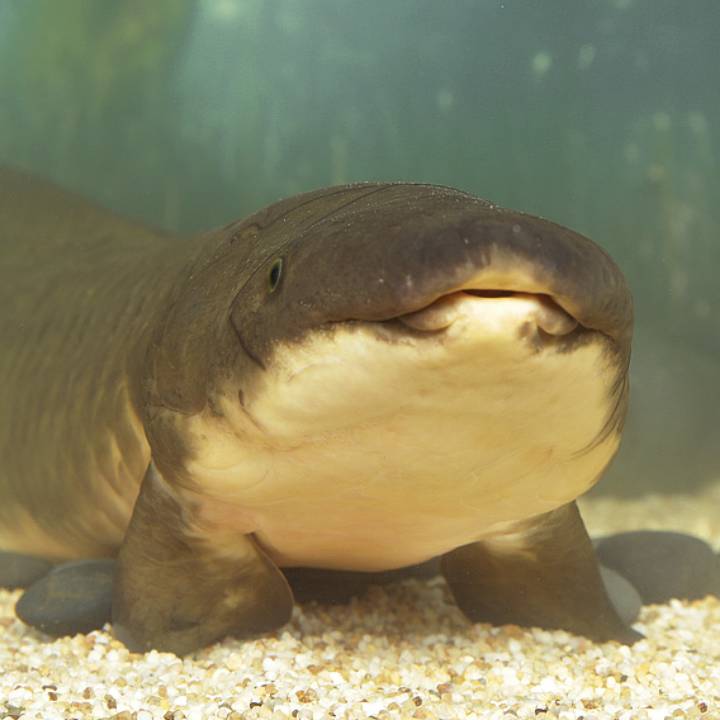
Australian lungfish
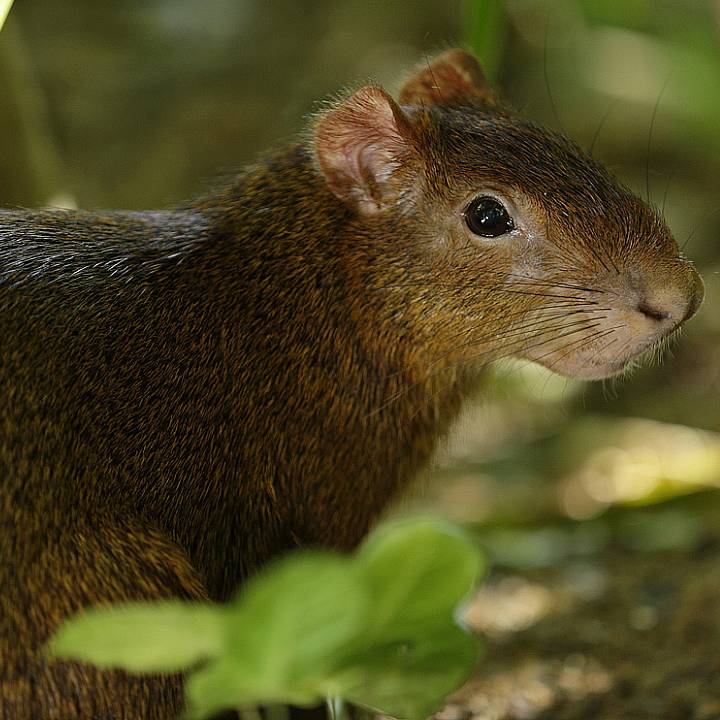
Azara's agouti
These 'jungle gardeners' are thought to be the only mammal that can open a Brazil nut due to their exceptionally sharp teeth!
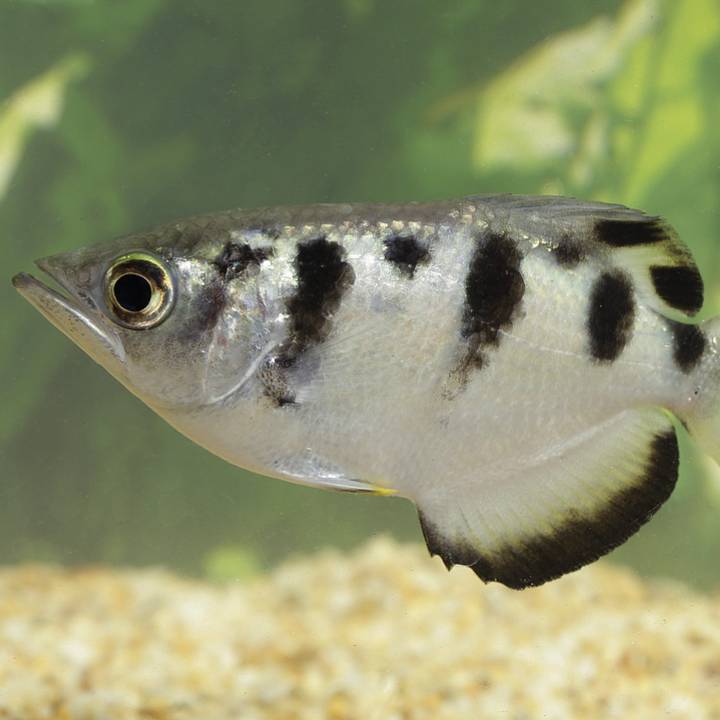
Banded archerfish
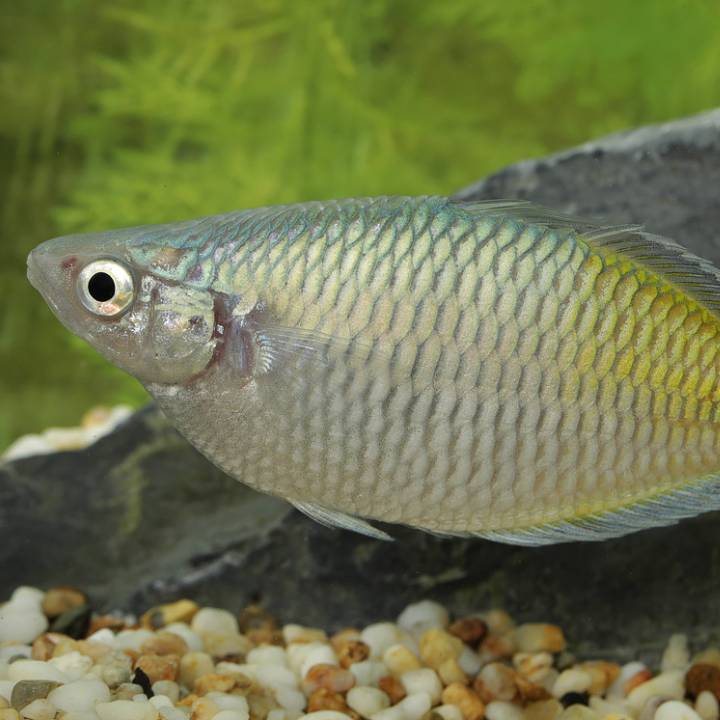
Boeseman's rainbowfish
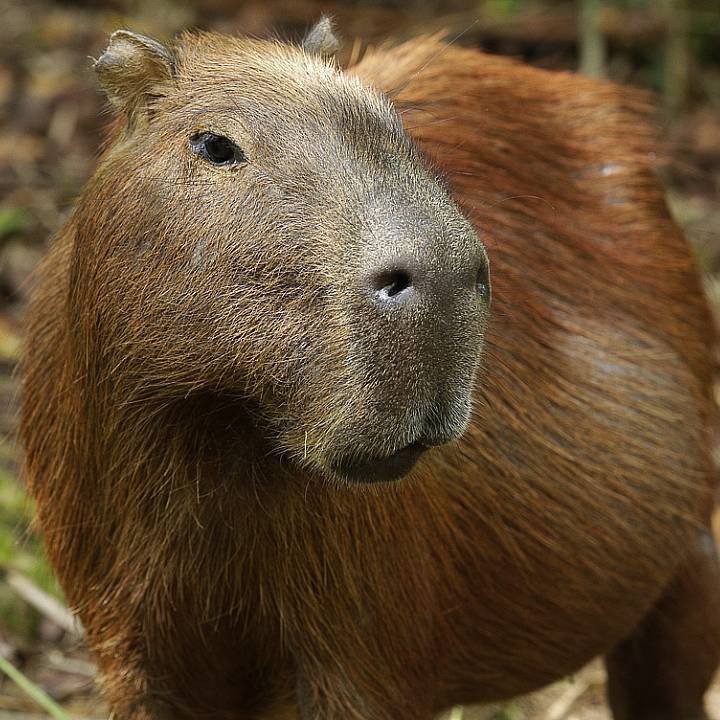
Capybara
The largest rodent on Earth, these semi-aquatic animals can sprint up to 35 km/h, and use their partially webbed feet to swim up to 8 km/h!
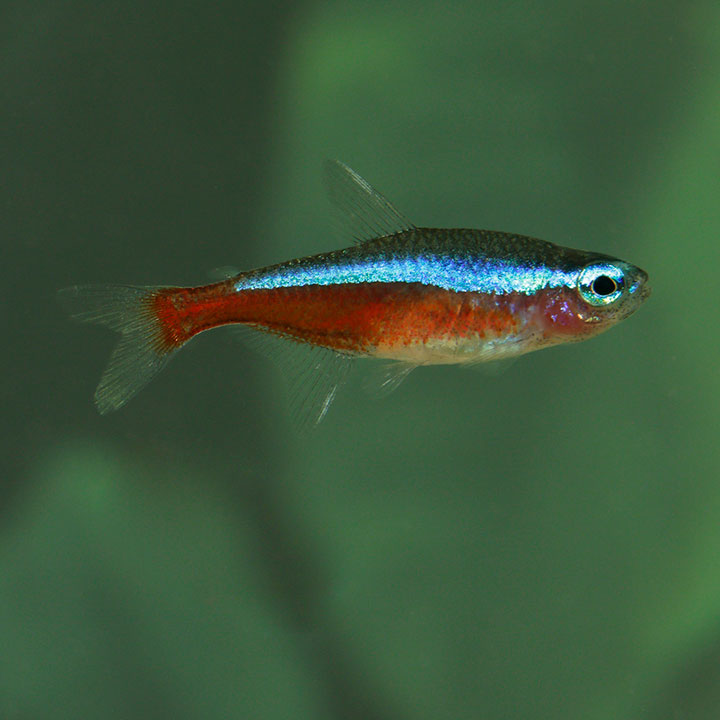
Cardinal tetra
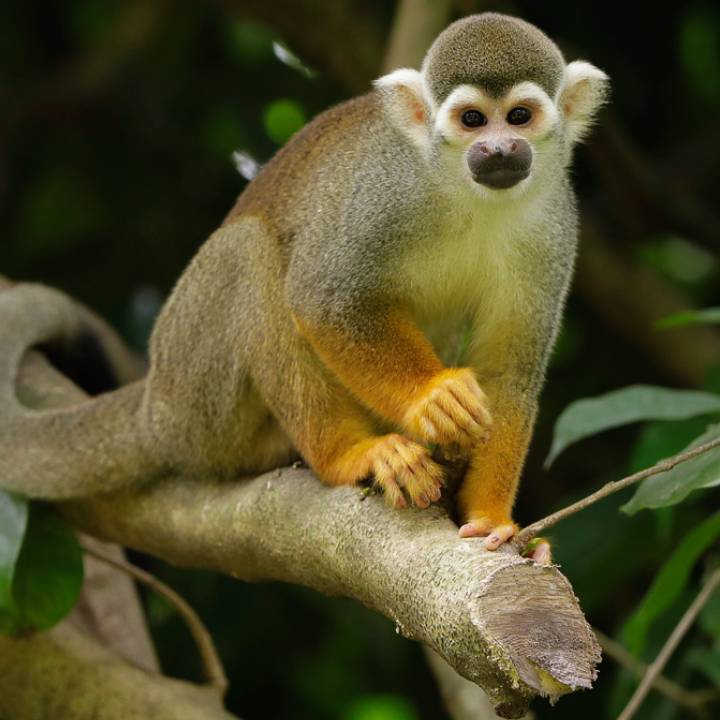
Common squirrel monkey
Small and agile, squirrel monkeys can live in groups of up to a hundred, communicating with chirps, squeaks, calls, and sniffs.
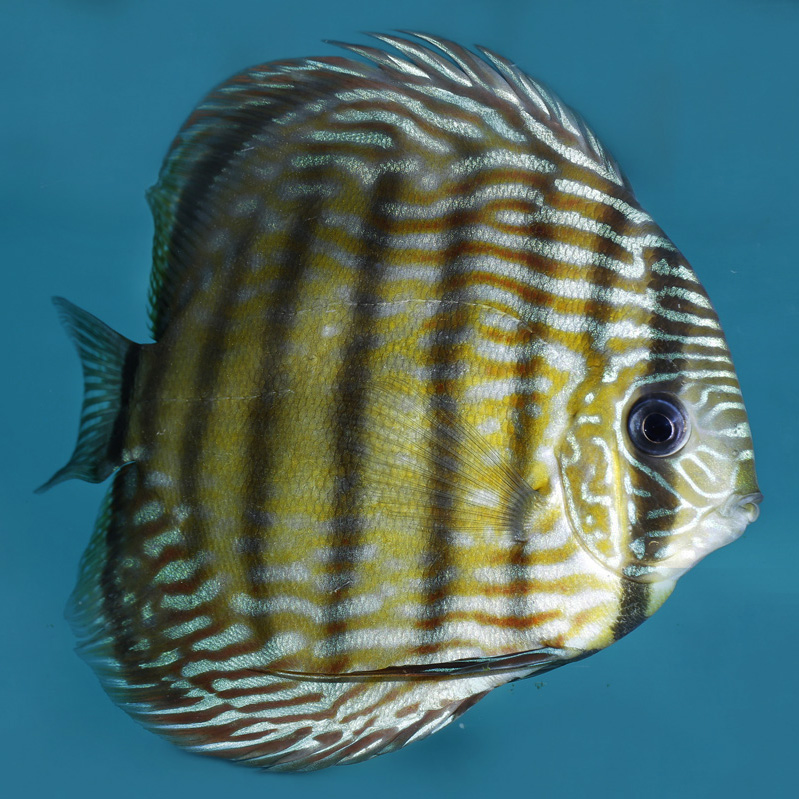
Discus
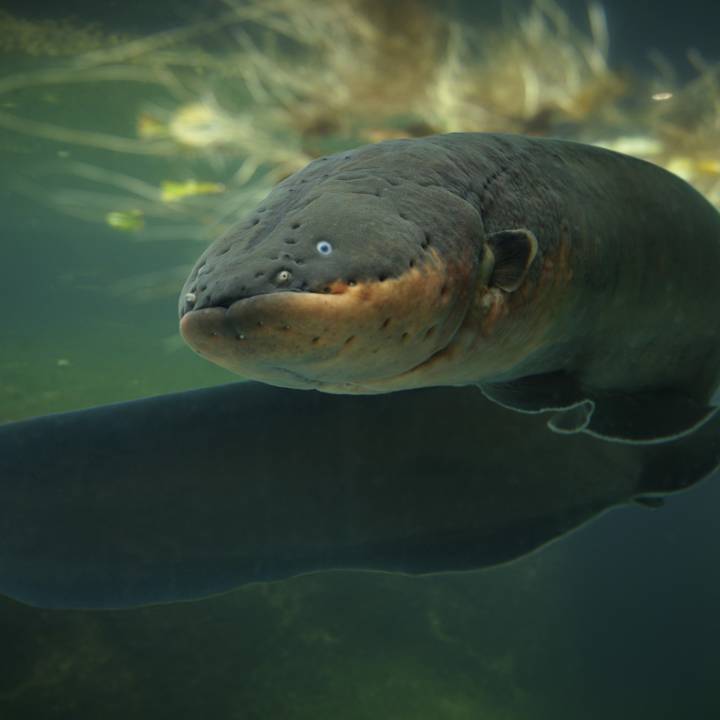
Electric eel
Named for the electrical charge it releases to stun its prey and enemies, the electric eel can generate up to 800 volts of electricity, enough to kill an adult human.
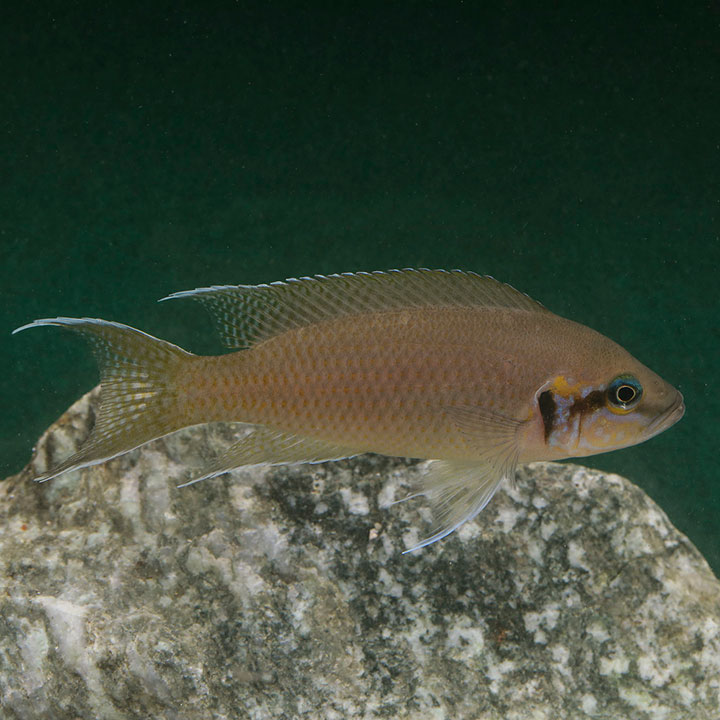
Fairy cichlid
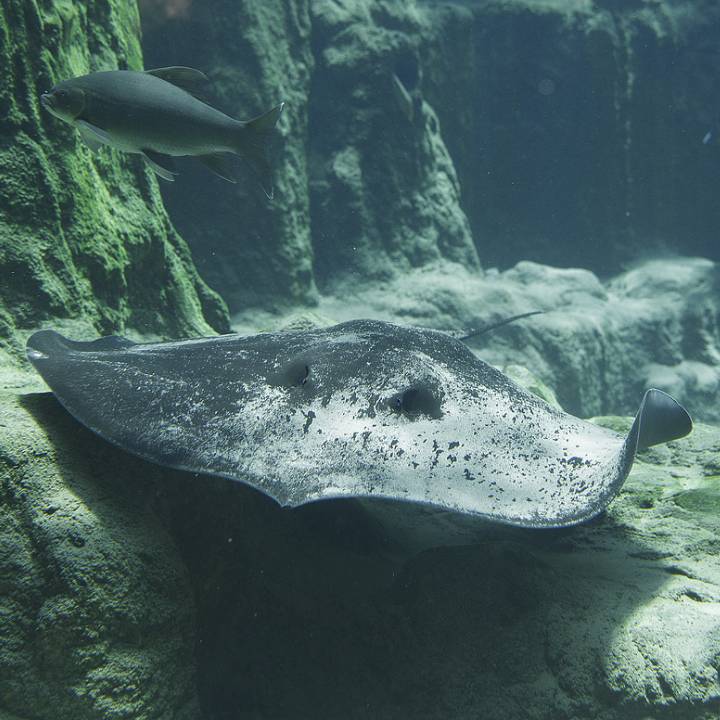
Giant freshwater stingray
As one of the world's largest freshwater fish, this stingray can weigh up to 600kg.

Giant panda
Come meet Singapore's resident giant pandas, Kai Kai and Jia Jia!
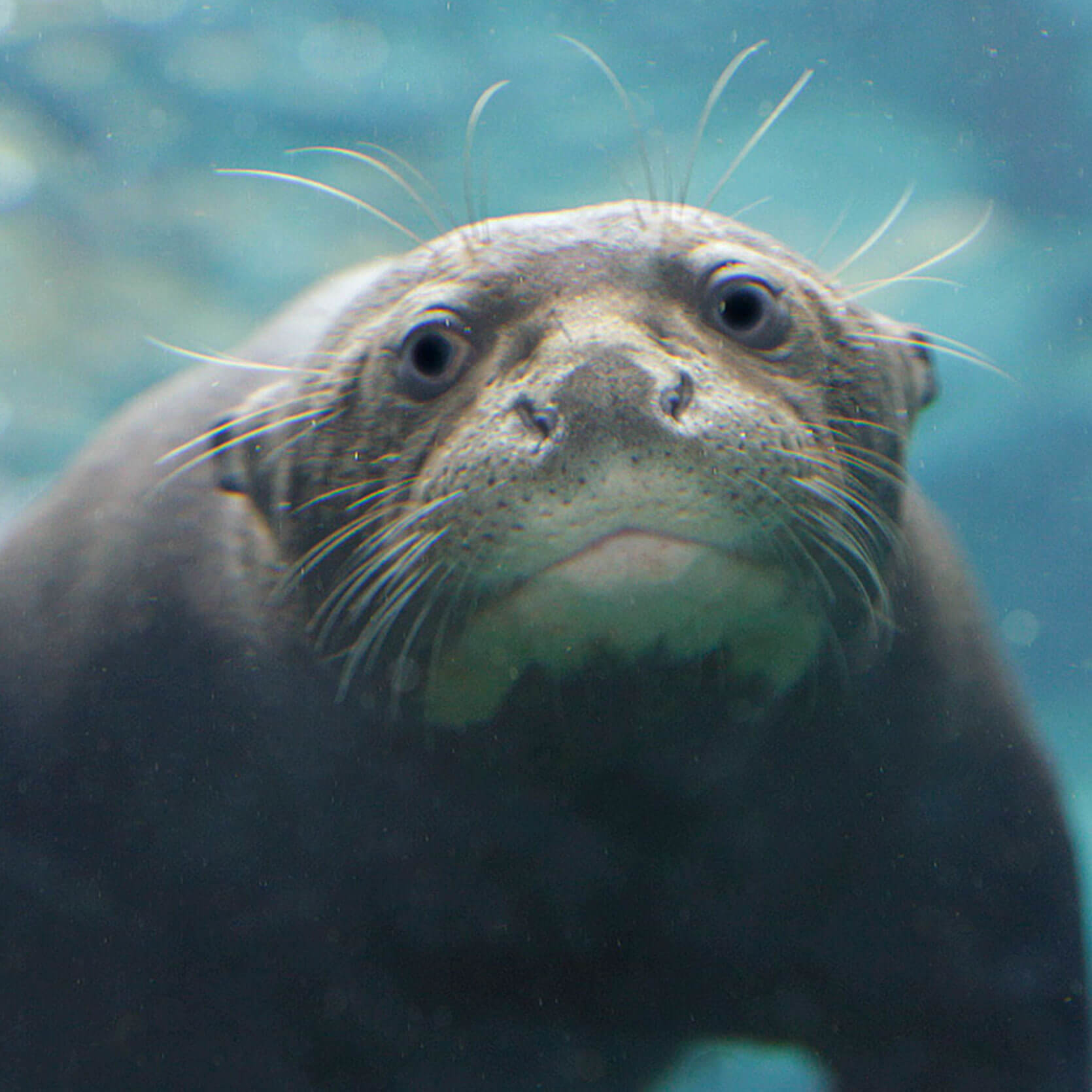
Giant river otter
This largest of all otters can grow to a standing height of 1.8m and take down small caimans.
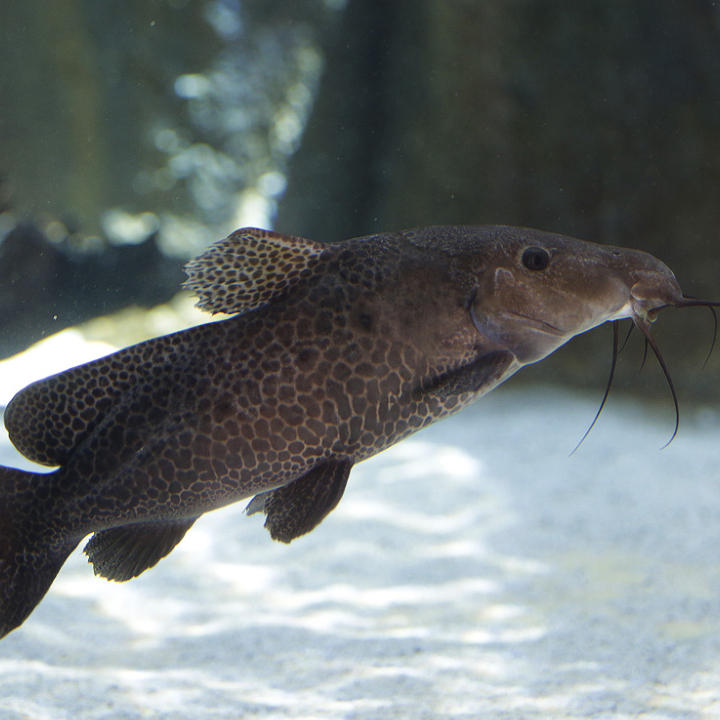
Giraffe catfish
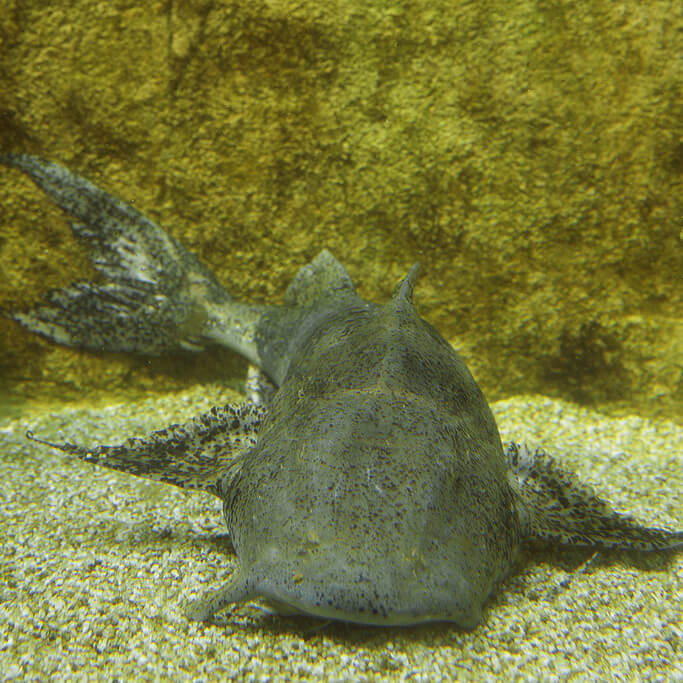
Goonch catfish
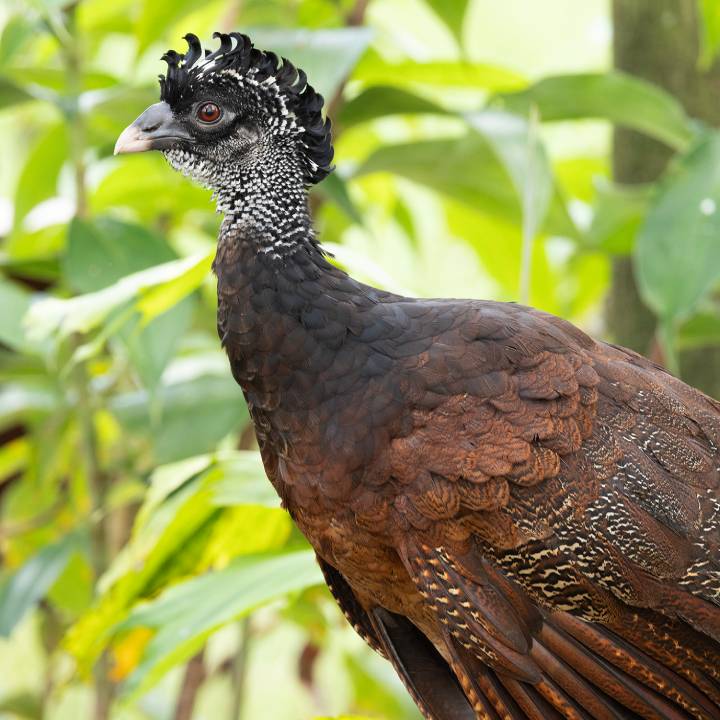
Great curassow
Males have a distinctive yellow "knob" on their beak which they use to attract mates and regulate their temperature.
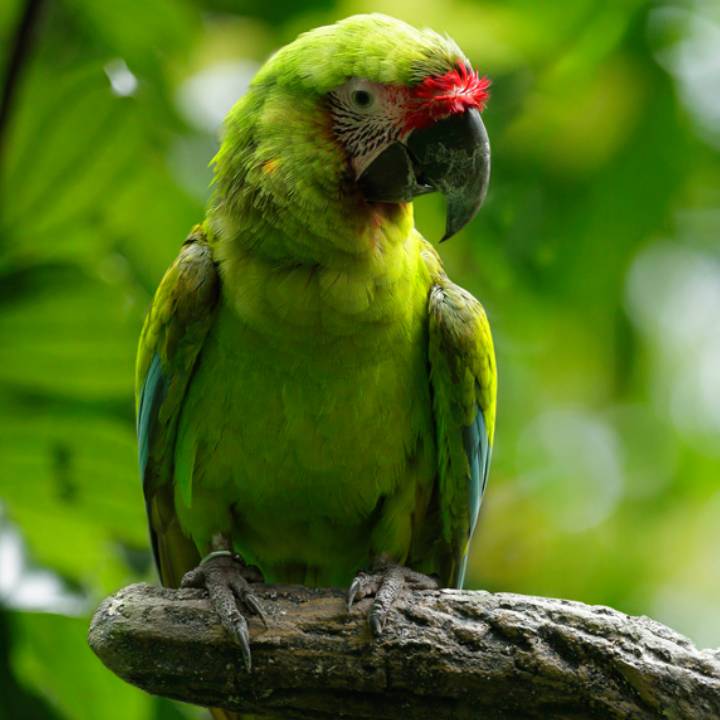
Great green macaw
One of the largest macaws (rivalled only by the hyacinth macaw), known for their loud calls and their ability to mimic human speech.
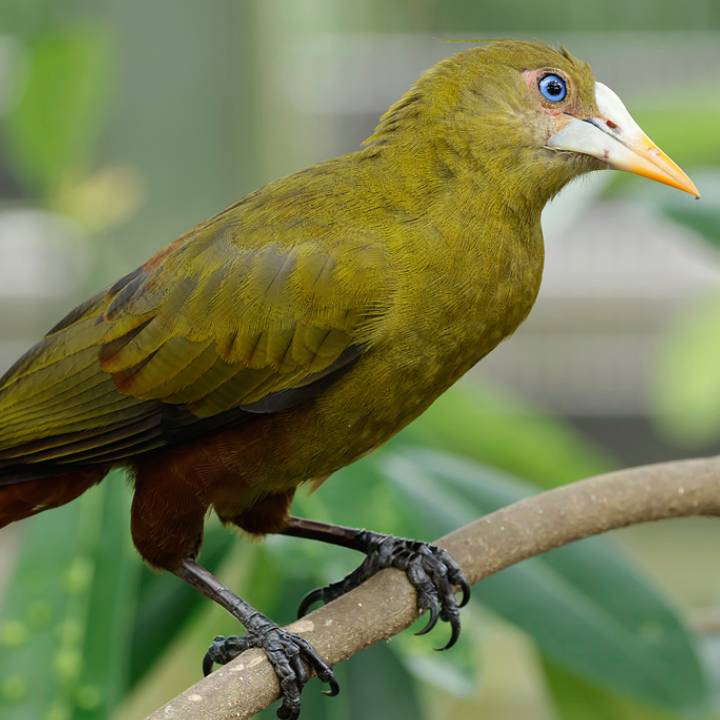
Green oropendola
Social birds that weave long bag-shaped nests that dangle from tree branches, sometimes following red-throated caracaras to feed.
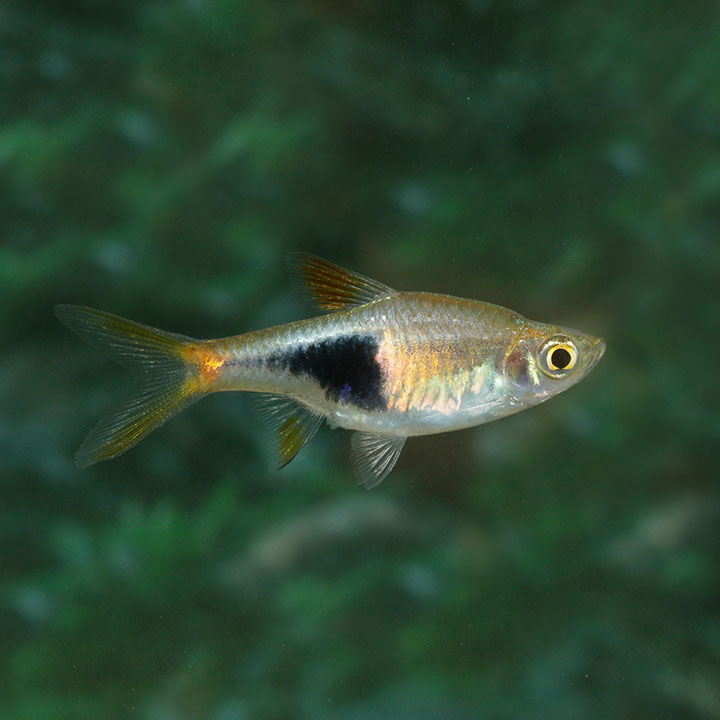
Harlequin rasbora
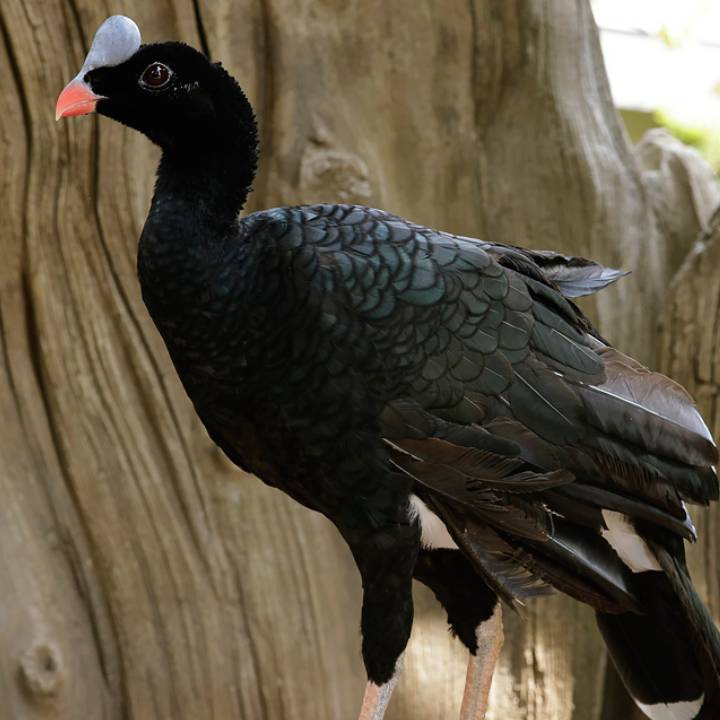
Helmeted curassow
These large, ground-dwelling birds, with distinctive bluish-grey casques on their forehead, grow up to 3.6kg in weight – like turkeys!
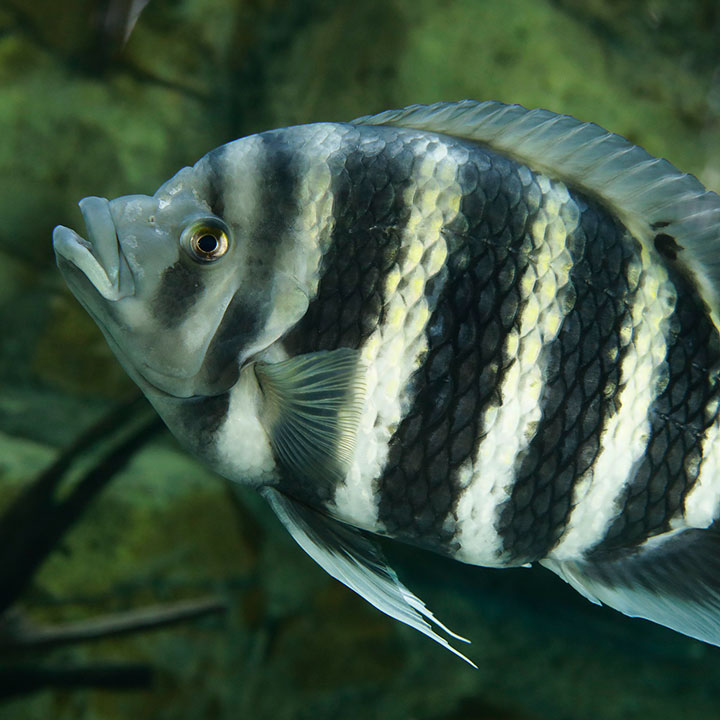
Hornet tilapia
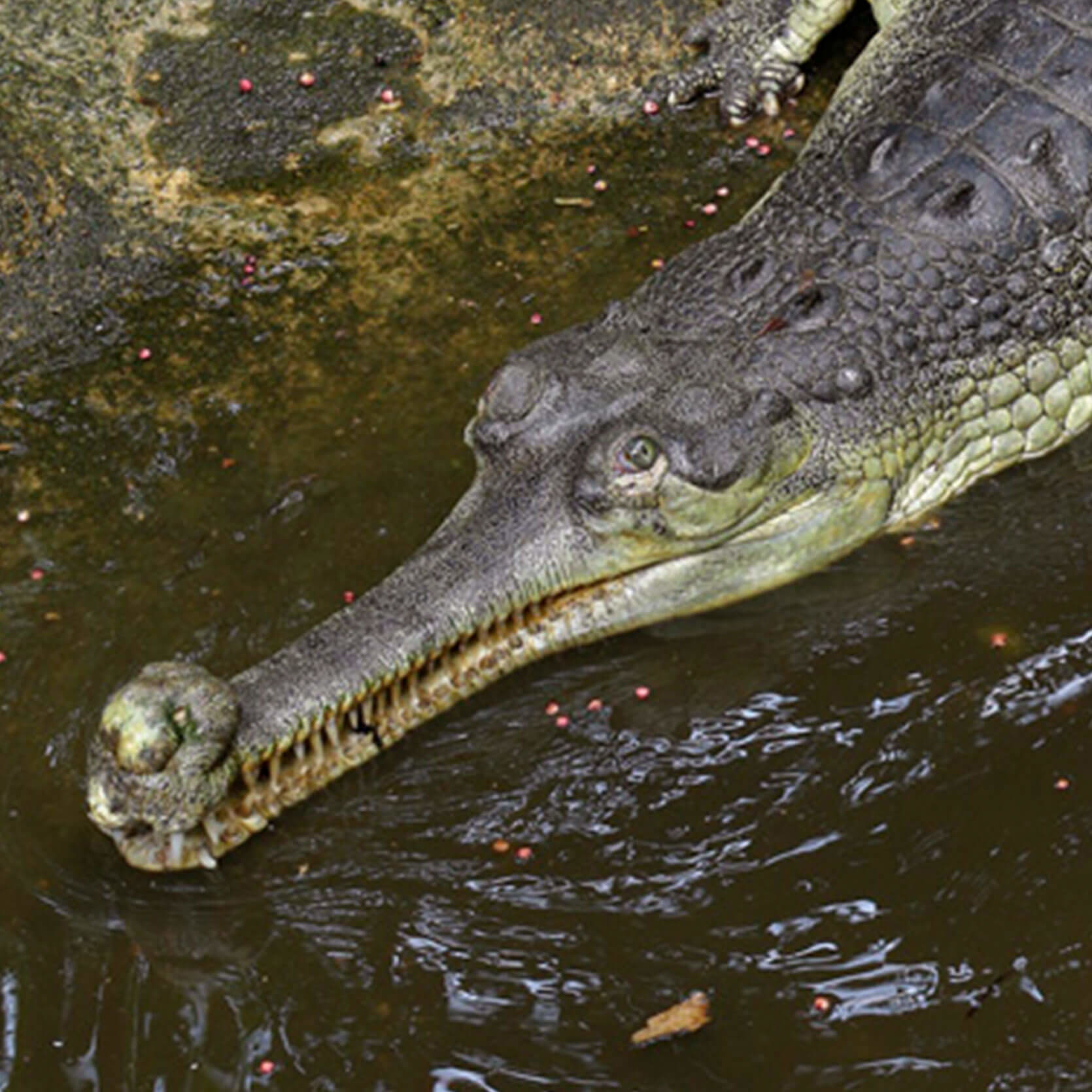
Indian gharial
A narrow snout, attended by an array of fearsome teeth, helps the gharial catch its fish.
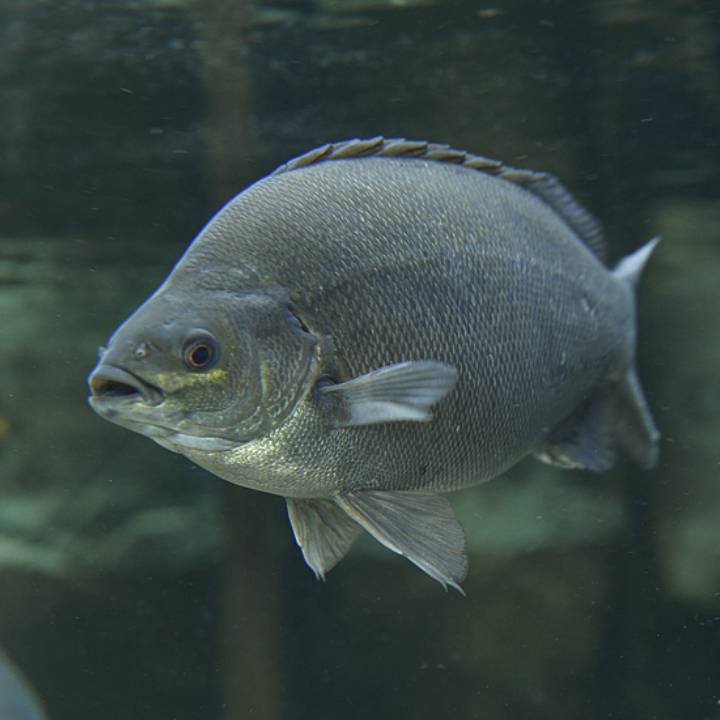
Jade perch
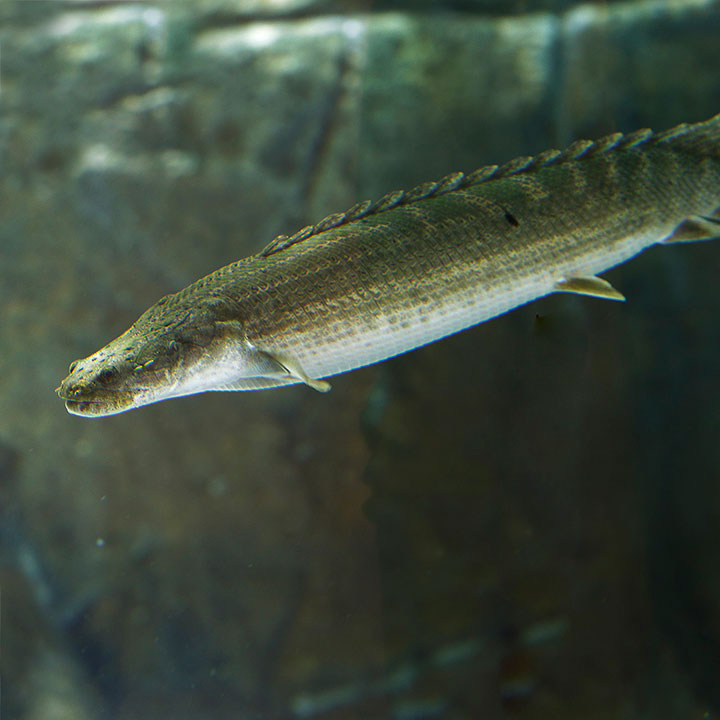
Lapradei bichir
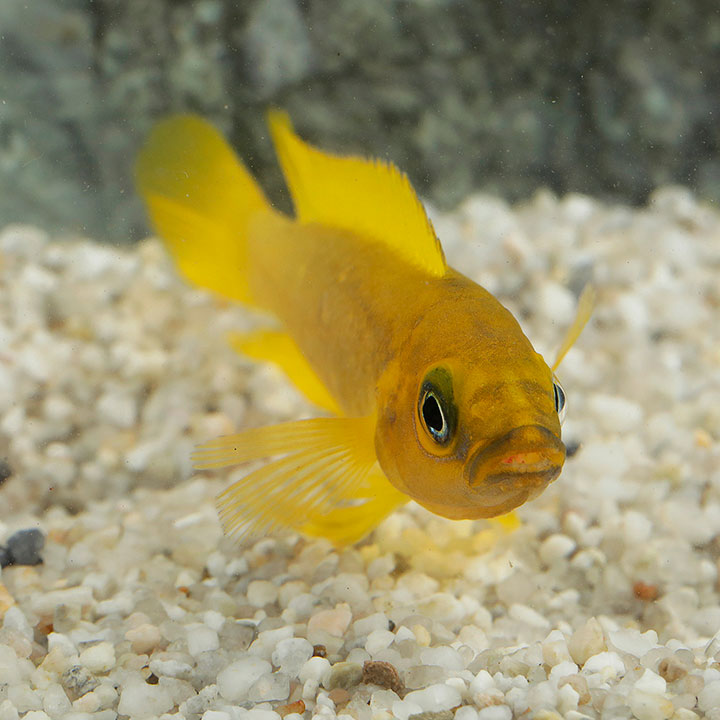
Lemon cichlid
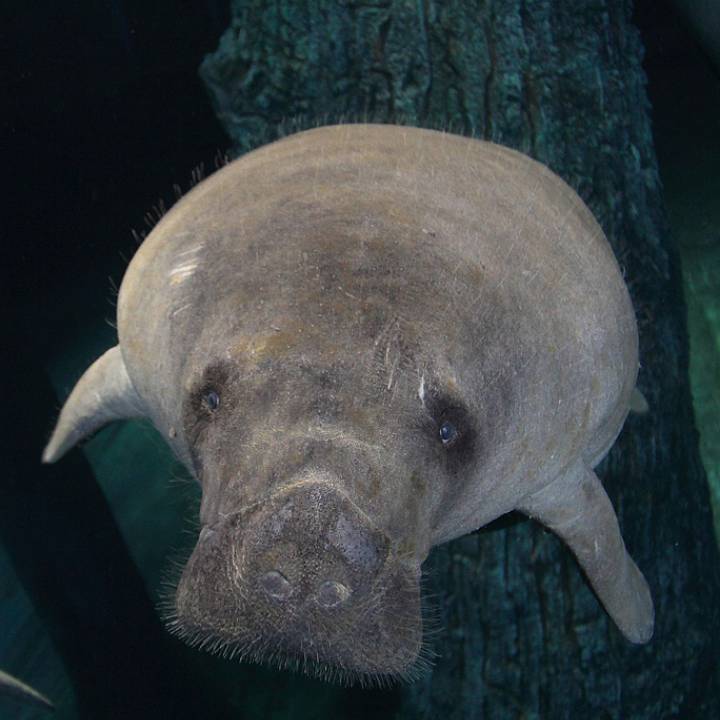
Manatee
Manatees and their dugong cousins are the only aquatic mammals to feed solely on plants.
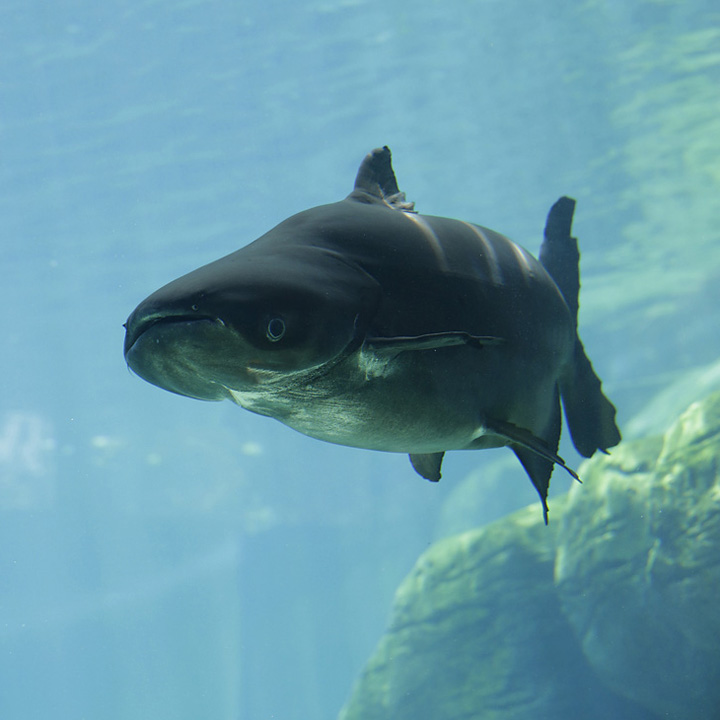
Mekong giant catfish
Growing up to 3.2m long with a weight of almost 300kg, this large fellow is one of the world's largest freshwater fish.
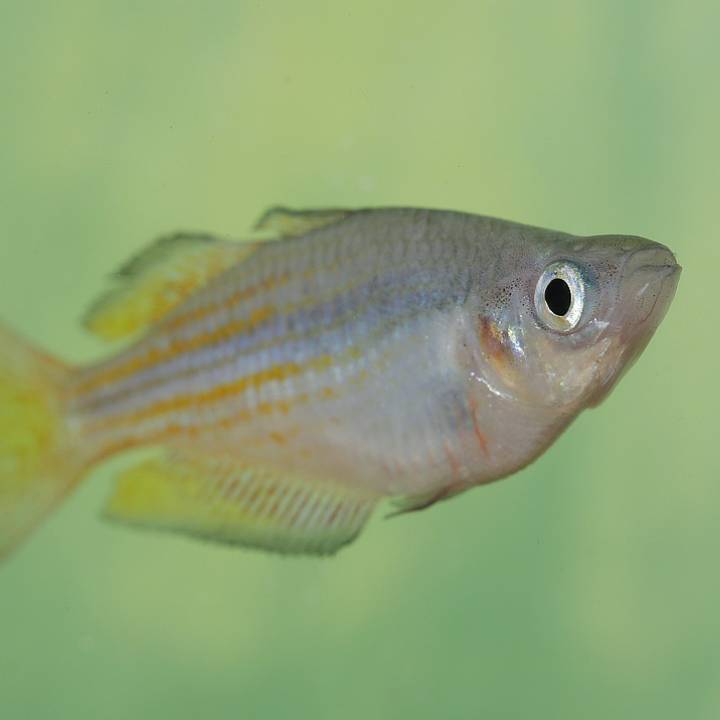
Parkinson's rainbowfish
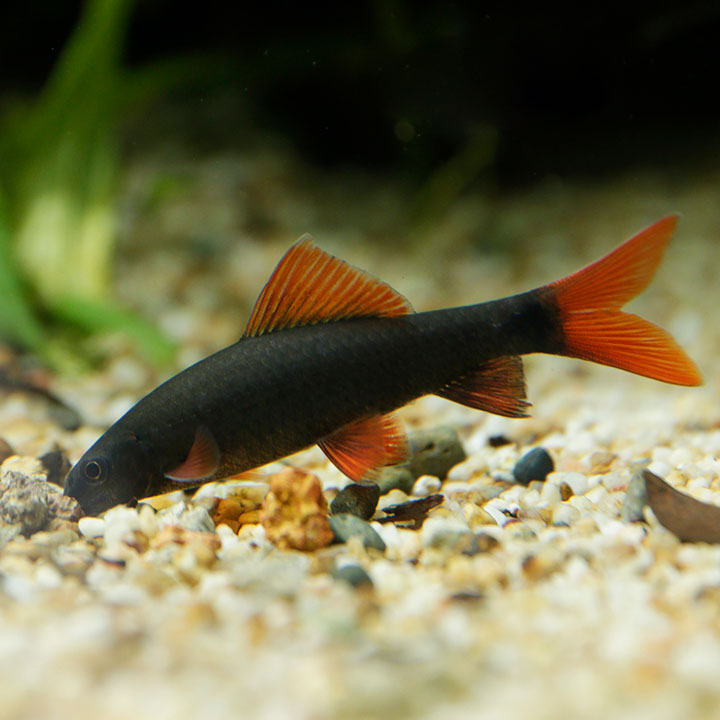
Rainbow shark
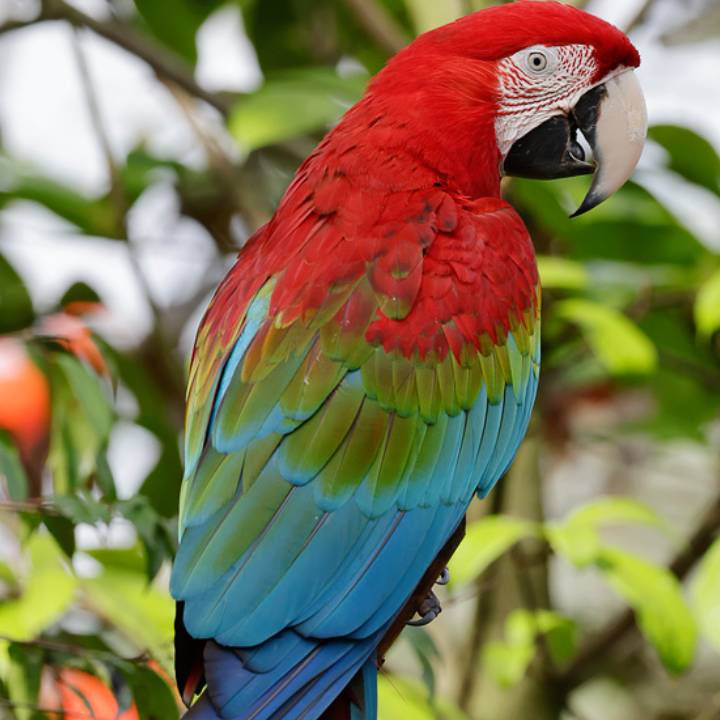
Red-and-green macaw
Also called the green-winged macaw, it is second in length only to the hyacinth macaw. Bonded pairs stay together for life.
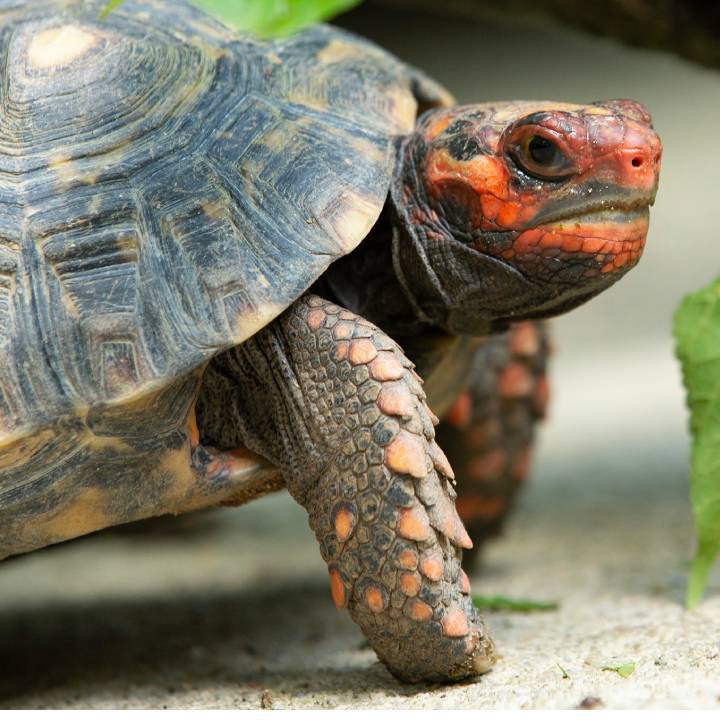
Red-footed tortoise
Characterised by its distinctive bright red/orange feet and head, it’s most active during the day and immediately after rain.
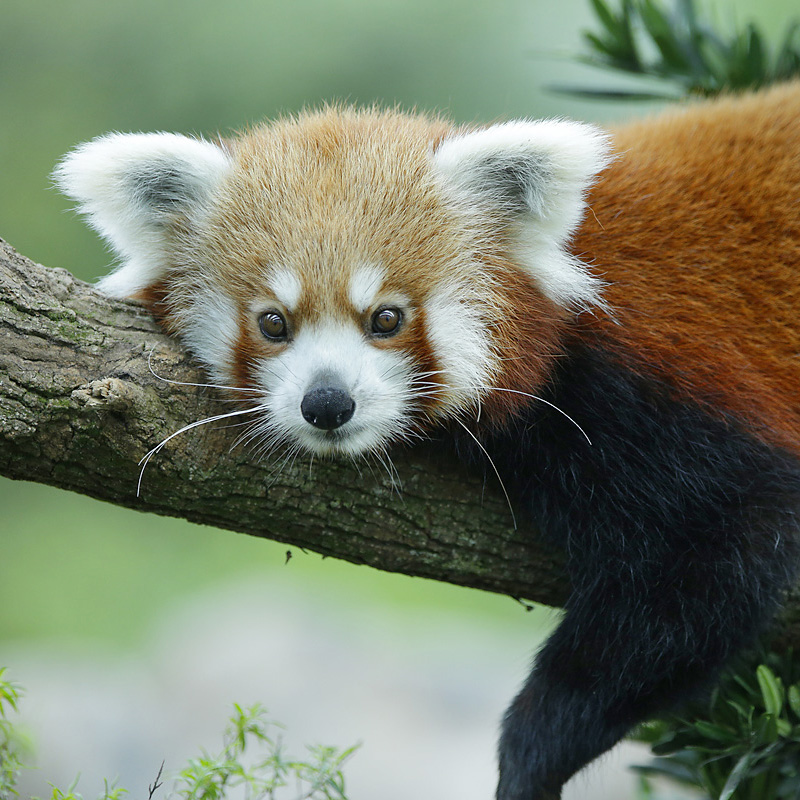
Red panda
The red panda's fiery red coat is no doubt why its name in Chinese literally means 'fire fox'.
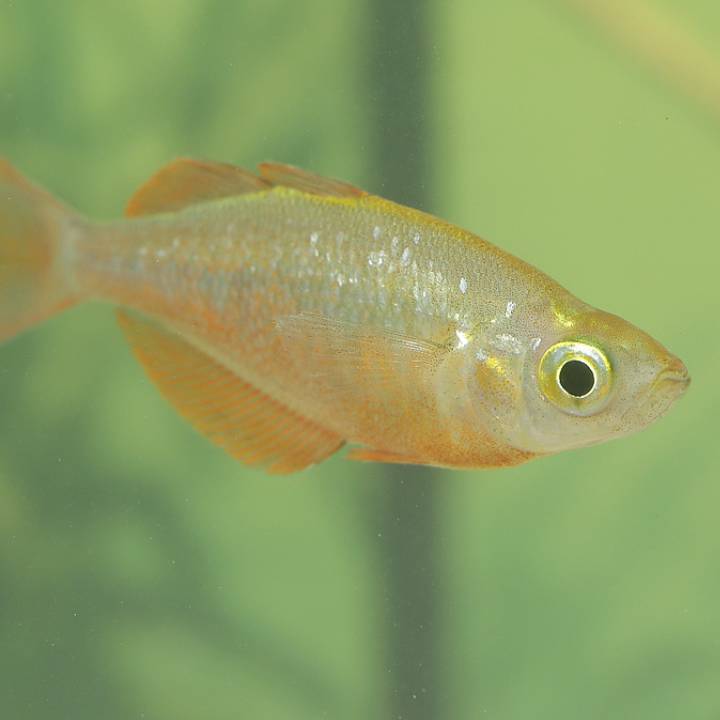
Red rainbowfish
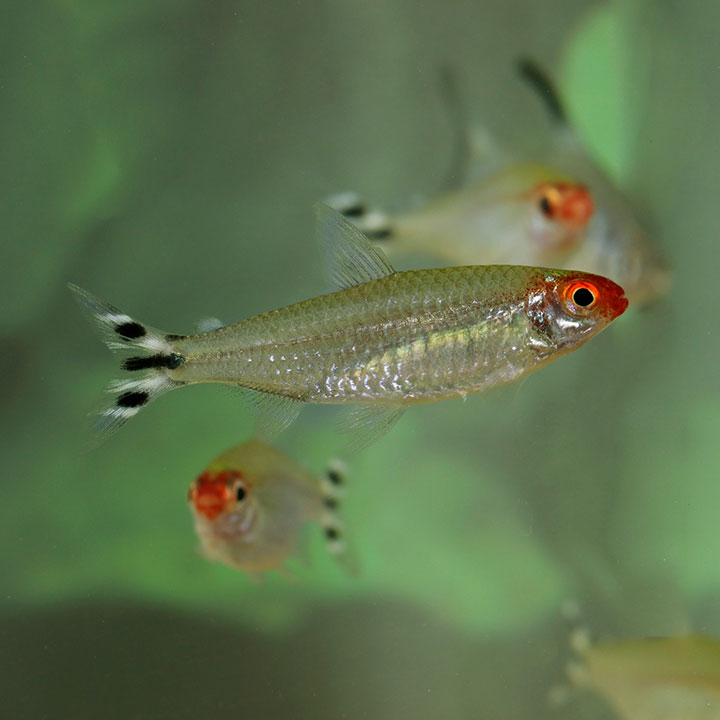
Rummy-nose tetra
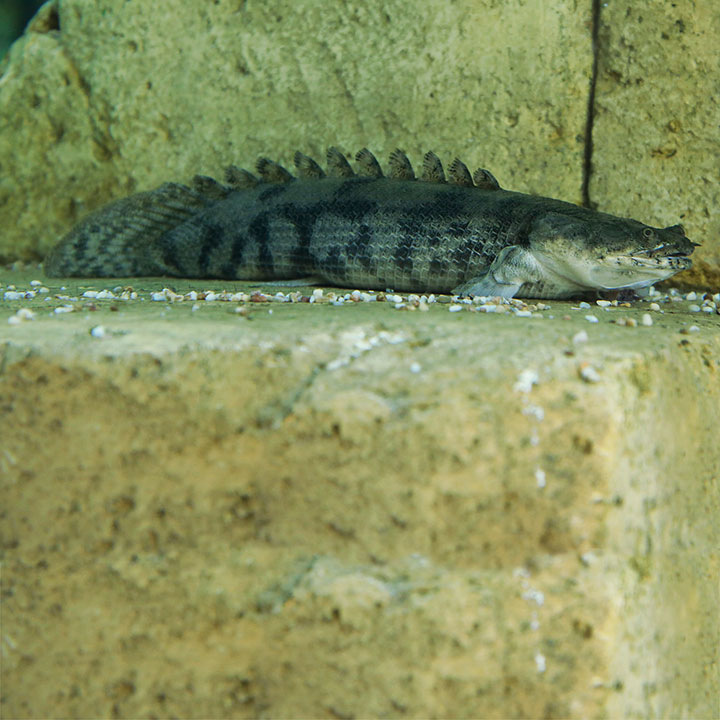
Saddled bichir
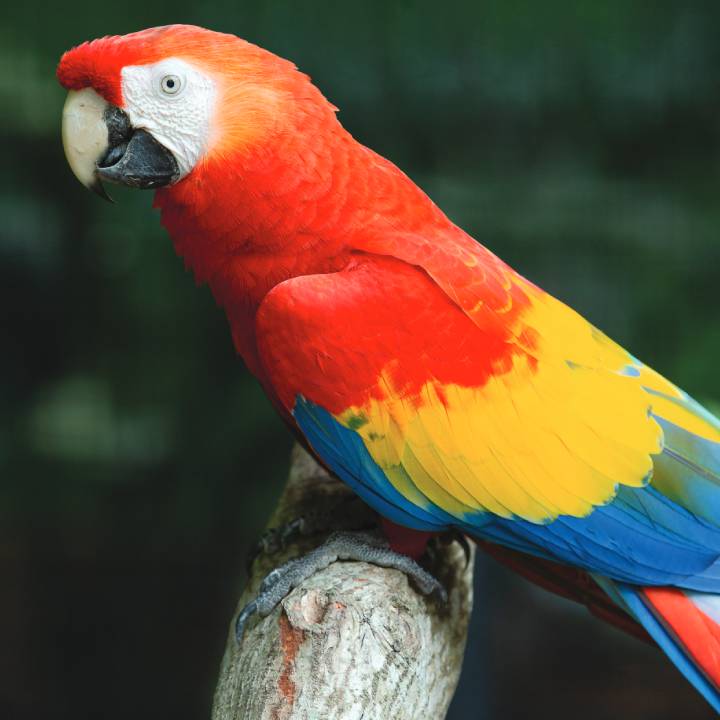
Scarlet macaw
Besides being the national bird of Honduras and having the ability to mimic human speech, these macaws also live up to 50 years in the wild!
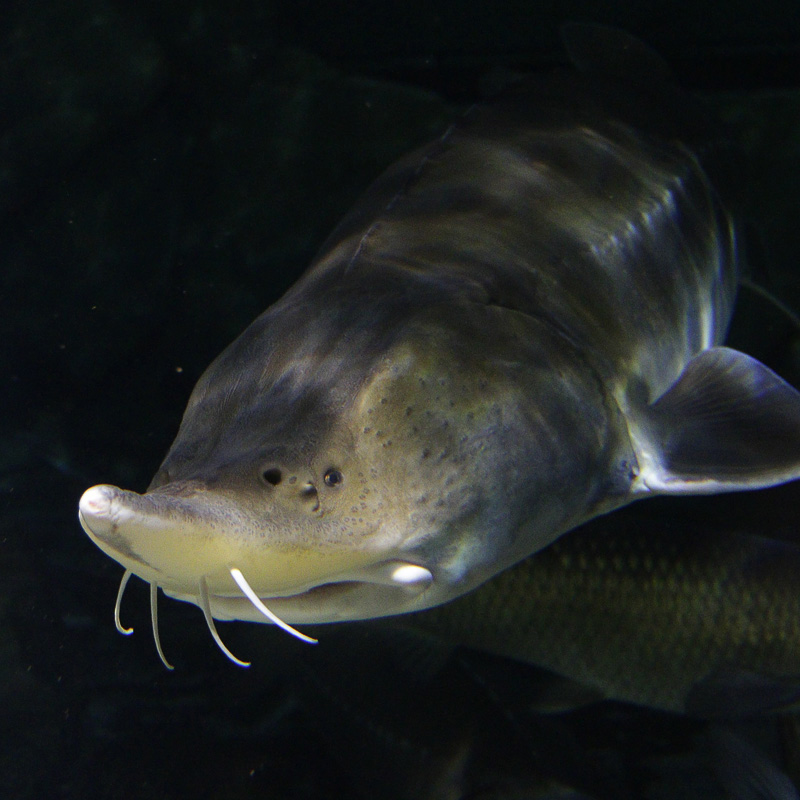
Sturgeon
Sturgeons have rows of bony plates covering the head and along the body. The upper lobe of its tail fin is longer than the lower.
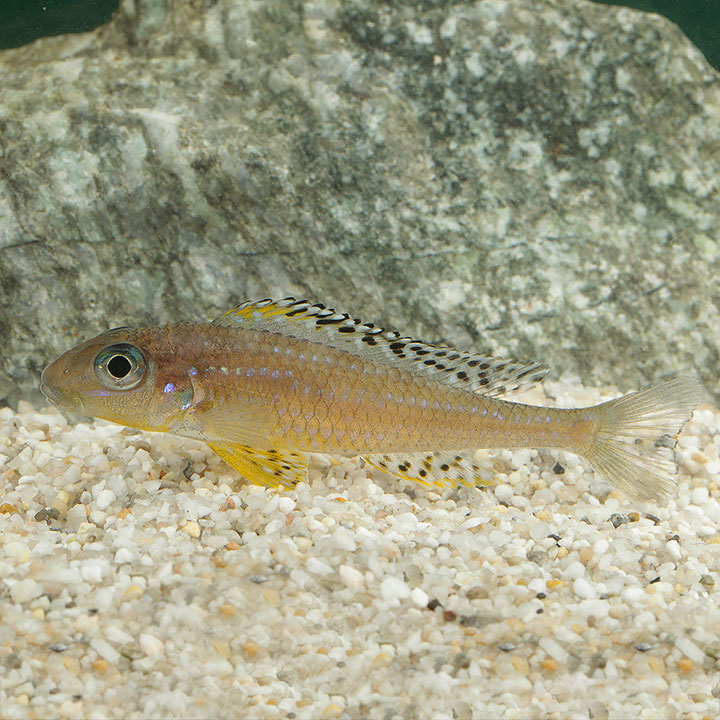
Tanganyikan butterfly cichlid
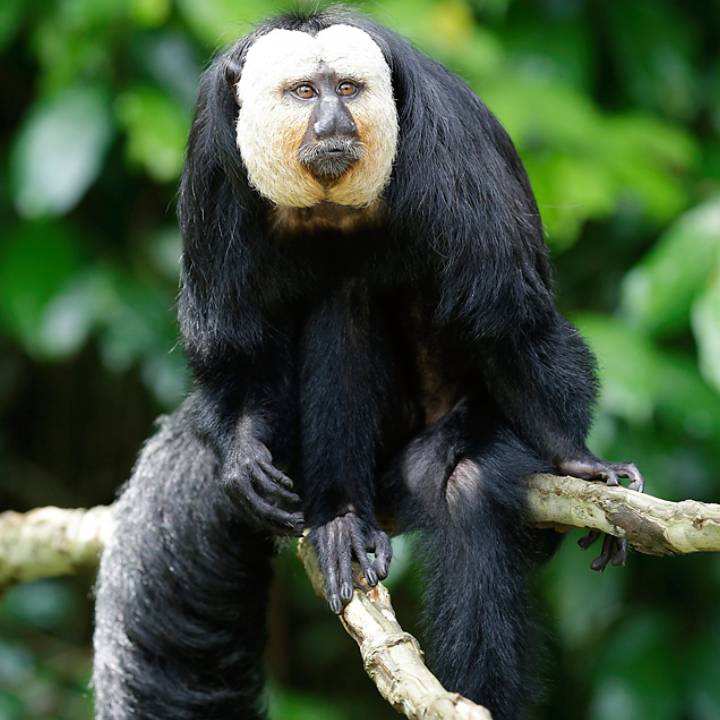
White-faced saki
Despite having long thick tails, they are not prehensile - they can’t use it to grip branches like some other monkeys.
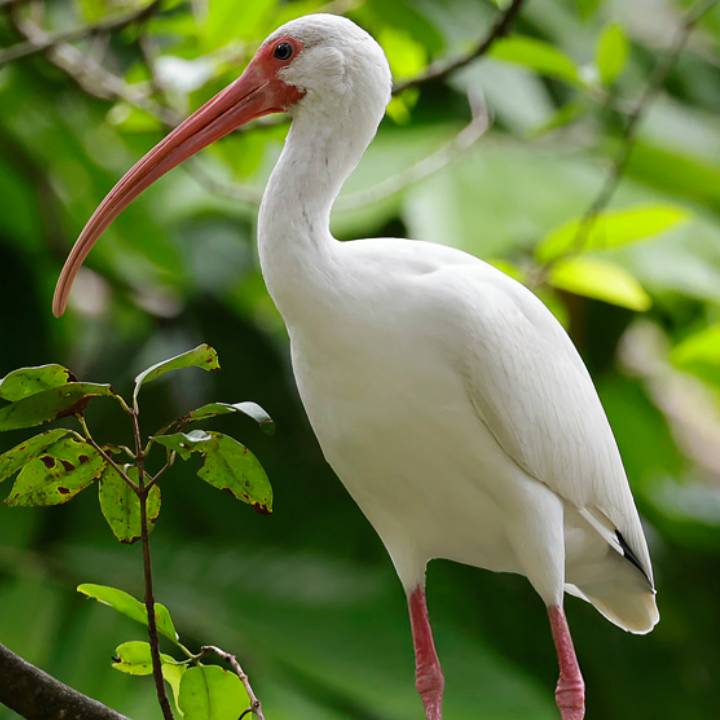
White ibis
Highly gregarious, these birds can live in flocks and nest in large colonies that number in the tens of thousands!
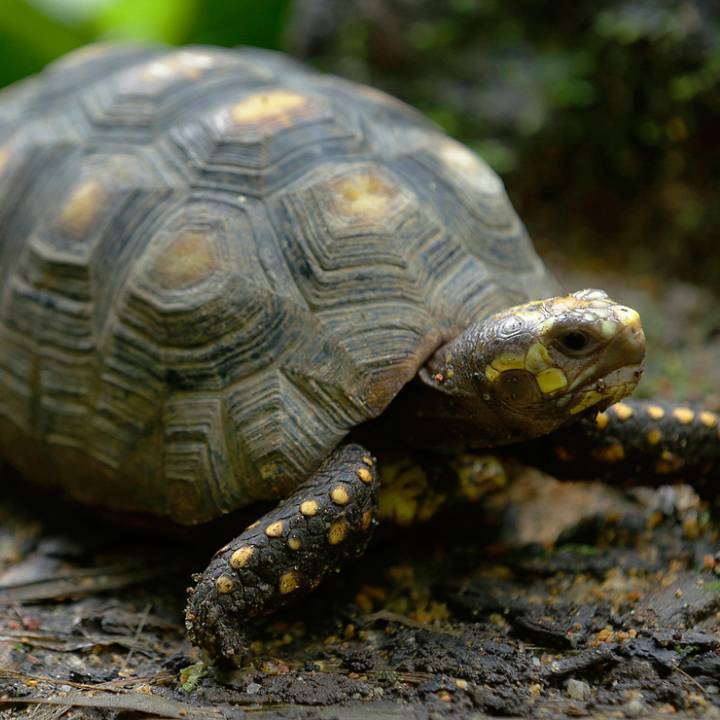
Yellow-footed tortoise
Mating year-round, males tell females apart by watching for head movements - no response usually means it's a female.
